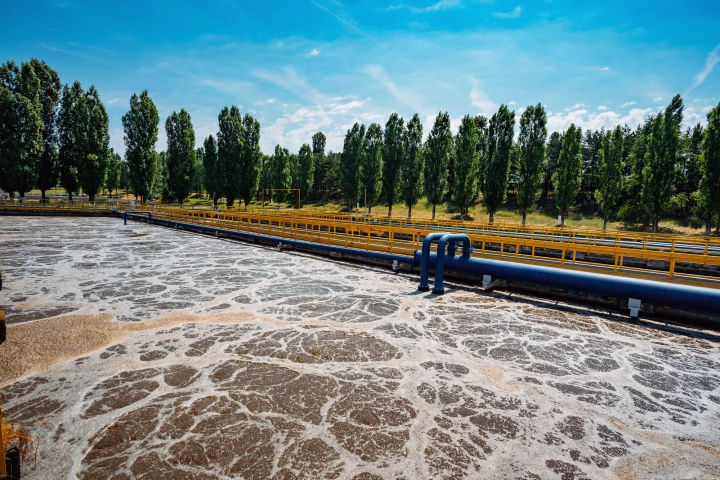Sewage
-
Giant solidified masses of fat, grease, and other waste threaten to clog sewer lines and cause huge spillages in cities worldwide. Researchers at RMIT have developed two novel ways to prevent these blocks of waste from forming.
-
There may be a new use for that urine you've been so thoughtlessly flushing. Scientists say it could be an alternate source of a valuable bone- and tooth-repair material, with a little help from a genetically modified type of yeast.
-
Using more sludge and less slag in their recipe, researchers were able to create a material that's stronger than even today's enhanced cements and highly resistant to corrosion by acid. It could solve a serious problem facing sewer pipes worldwide.
-
One of the worries about microplastic pollution is the possibility that the particles may accumulate harmful bacteria in the environment, then pass them on to us. Well, that capability could soon put the particles to work as sewage monitors.
-
A decade after it was revealed, London's "super sewer" is now finally complete. The mega-project is expected to revolutionize the handling of waste in the British capital, boosting the capacity of its 150-year-old sewer system significantly.
-
Researchers have developed a simplified, sustainable method of converting sewage sludge from wastewater treatment into high-value activated carbon that can be used in a wide range of industrial and residential applications.
-
Concrete sewage pipes lead a hard life, constantly being exposed to corrosive acid produced by bacteria in wastewater. A new additive could allow such concrete to self-heal – and it would do so using water treatment sludge.
-
It was just this week that we heard about the SPD1, a spider-inspired robot designed to inspect sewer lines. Well, it looks like the bot won't be alone down there, as the recently announced Joey robot is designed to do exactly the same thing.
-
According to Japanese robotics firm TMSUK, there's currently a shortage of sewer-inspection workers in that country. The company has therefore set out to streamline the workload for existing workers, by making a sewage-pipe-inspecting robotic spider.
-
The sludge that is created through sewage treatment processes is rich in nutrients like phosphorous and nitrogen, making it an excellent source of fertilizer for agriculture. But research has found it also contains significant amounts of microplastics.
-
Even with today's various sewage-treatment technologies, a great deal of municipal wastewater is still released back into waterways either partially or completely untreated. According to a new study, however, plots of willow trees could be used to clean it up – while also producing useful materials.
-
A new technology developed at Duke University could automate the process of analyzing stools for signs of disease, by working in existing toilet systems and using artificial intelligence to scan and classify feces as they are flushed through.
Load More











